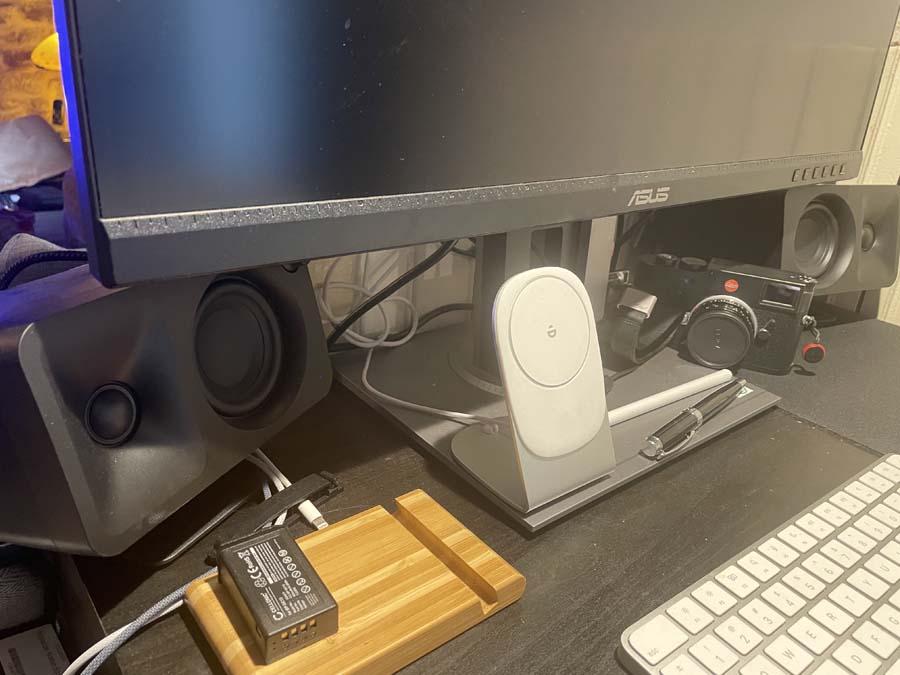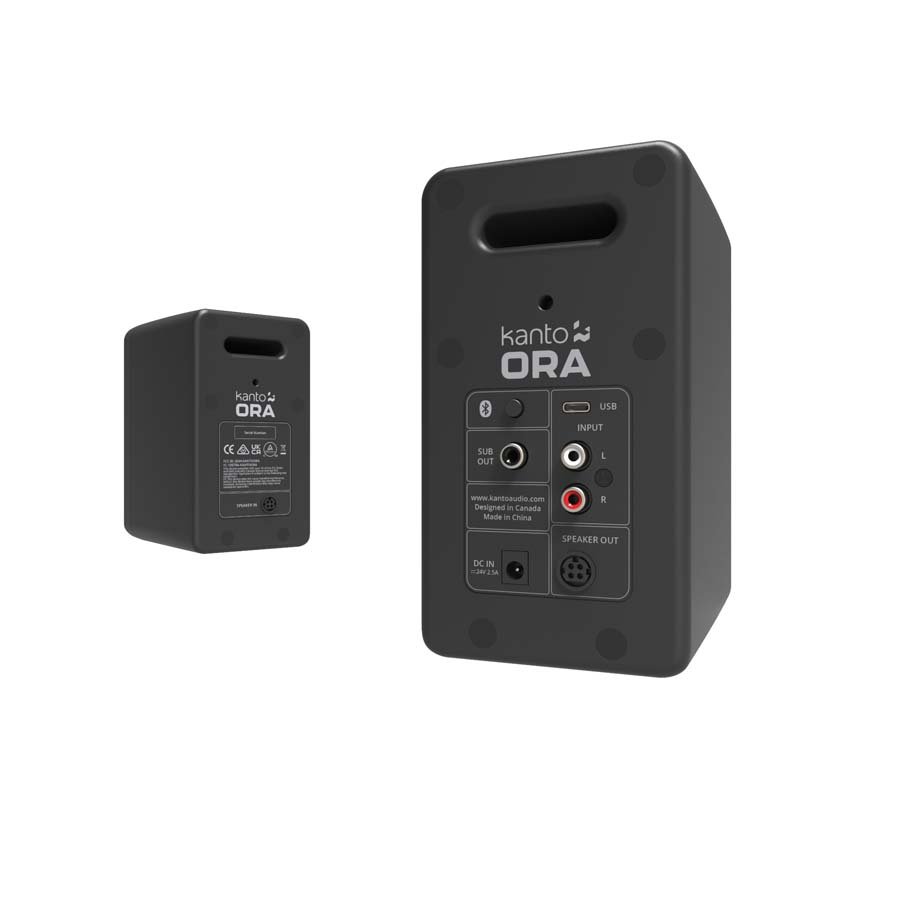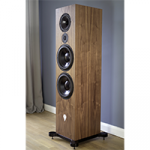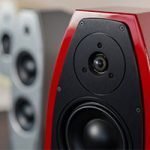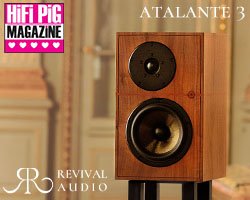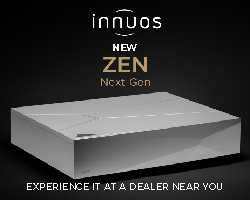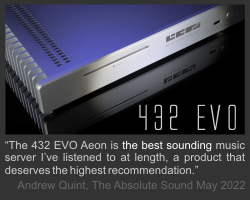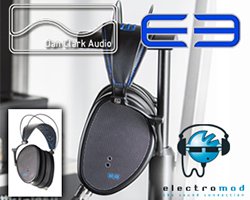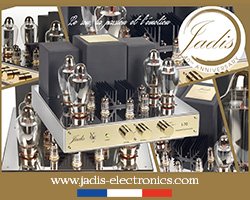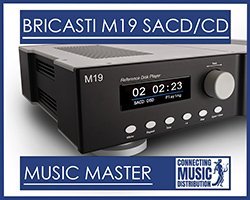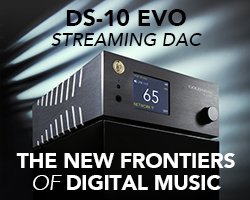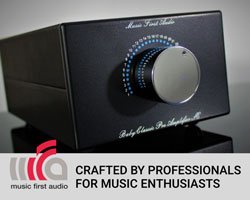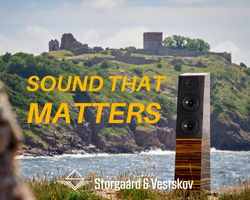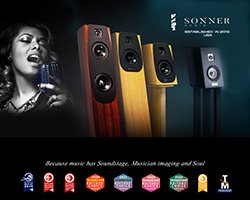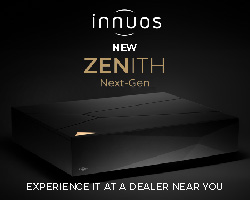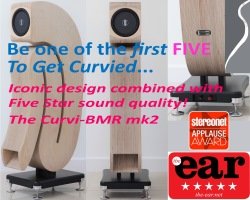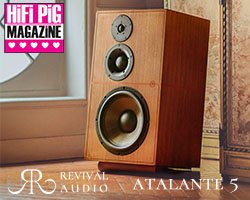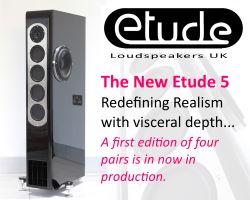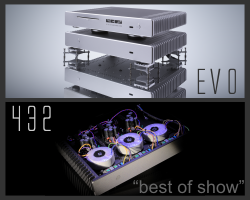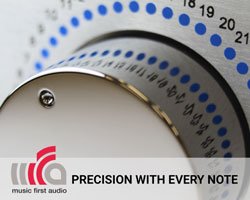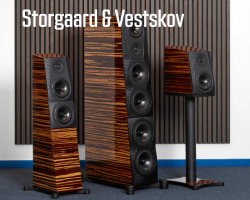KANTO ORA LOUDSPEAKERS REVIEW
KANTO ORA loudspeakers are a diminutive loudspeaker with built-in amps, Bluetooth, and a USB DAC. They cost 300 quid and in this review, HiFi PiG’s Stu pops them beside his desktop computer and uses them for listening to music, editing sound files, and more.
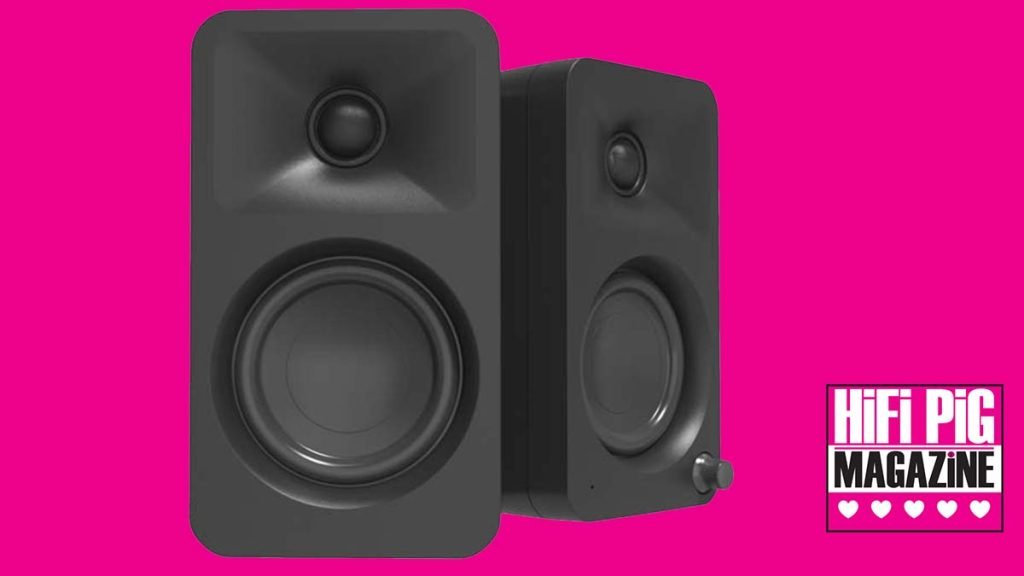
I have heard several KANTO speakers a few times at different shows and I’ve always been impressed with the sound they get from what are pretty much all small and pretty inexpensive products. Obviously, when the company got in touch and asked if I’d be interested in getting a pair in for review, I couldn’t say no, despite them not really being the kind of products we would normally look at reviewing. The ORA speakers were being billed as a link between desktop speakers and studio monitors and given that I’d moved (partially to a desktop computer for video work) and that space on my desk was limited so my KEF powered speakers wouldn’t fit and the desktops I’d tried were, frankly, crap, though to be fair they were cheap, I thought “Why Not?”. My thoughts were the ORAs would fall somewhere between the two and I’d actually find them a useful addition to the computer set up for casual listening to tunes and YouTube, as well as for playback when cobbling videos together for HiFi PiG Television.
I guess the best way to look at this review is as it having been written by someone who has bought the speakers pretty much blind, who has a wide experience of loudspeakers of most types, but with a limited experience of this very specific type of loudspeaker.
BUILD QUALITY AND FEATURES OF KANTO ORA DESKTOP SPEAKERS
Packaging was excellent and everything you need to wire the speakers to your desktop is included in the box; a four-pin speaker connector that is six feet long means you can have the speakers up to six feet apart, a power cord, 8 rubber feet, and a manual. The speakers also came with a very useful pair of speaker stands (S2) that angle the speakers up to the listening position, though these are provided at an extra cost. Actually, my desk space was so limited that I had to have the speakers on their sides (tweeters to the outer edge) and they actually worked very well in in this configuration. A larger set of elevated stands were included in the review package (SE2) but I had no use for these. A third set of more traditional speaker stands is available called the SP9. All speaker stands add to the cost of the speakers and personally, I think the S2s that I used were absolutely ideal – they have a small footprint and, as I say, angle the speakers to the listening position. Whilst I’m on about the extras you can get with the ORAs, you can also add a subwoofer and when you do add one a crossover network comes into action automatically and only frequencies above 100Hz are sent to the ORAs, with everything below going to the sub. If you are into gaming in a serious way or aim to set these up for any kind of serious music listening, say in a bedroom or for the telly, then I would suggest that a sub would be a very useful addition. The woofer is shielded so there is no issue using them near to a TV.
I’d assumed that these would be a simple speaker with one amp in each speaker, but I’m told that the small 3-inch paper woofer and three-quarter-inch silk Dome tweeter are each powered by their own amplifier – one speaker has the amps in it and the other is essentially passive. The amps are unsurprisingly Class-D and you get 9W to the tweeter and 16W to the woofer with a peak output of 100W. These drivers give a claimed response that is down to 70Hz, which is pretty high and why I think that for anything serious with regards to music or critical listening, then the subwoofer is a must – I’m not using the ORAs for anything too demanding and any listening I have done with them has been on YouTube. The speakers are a bass-reflex design and there’s a port on the back of each speaker.
Also on the back is a quarter-inch mounting hole which I didn’t really get the concept of, but someone more informed than me will be able to work this out.
Inputs-wise you get an RCA line level input, USB-C input (24 bit/96kHz) and you even get Bluetooth. I ran them from the MAC MINI M2 going into the USB input and Bluetooth. I didn’t use the RCA input as I was perfectly happy with how I had them set up.
These are a small speaker but not tiny: 10W x 14.1D x 17.5H cm (3.9” x 5.6” x 6.9”), though, as I said, the speakers were placed on their sides so they sort of peaked through the space between my desktop and the screen of my monitor. Actually, they were pretty much perfect in this setup. They weigh 1kg (2.1 lb) and are made of hard moulded plastic. They are kind of lightweight feeling but they are well made and whilst I wouldn’t want to drop them from any height (why would you do that) they were sturdy enough for how I was using them.
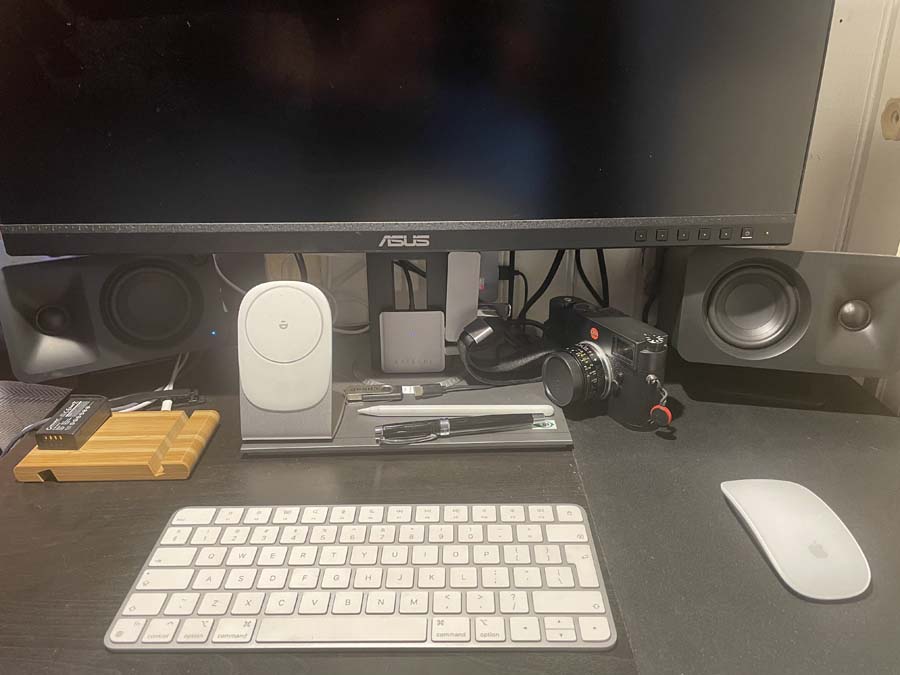
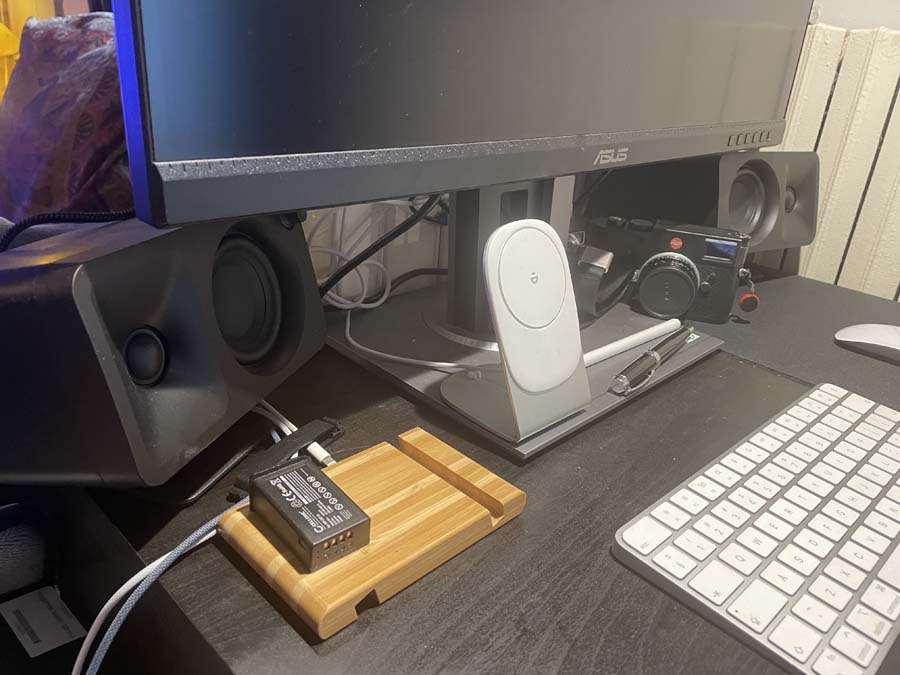
The power pack is a proper power pack rather than a wall wart and I liked this. Power (and the USB input) goes to one speaker (the left) and then the mini-DIN lead connects the two speakers.
Set up was a simple affair and I had it all running in a few minutes. For Bluetooth connection, this was also a really simple affair with the pairing button being found on the back panel of the control speaker.
On the front of the control speaker you have an on/off knob on the front that also acts as the volume knob. There’s also an LED that changes colour depending on what you have connected to the speaker (Green for RCA, Yellow for USB (what I used), and Blue for when you are using Bluetooth.) The BLUE LED flashes when you are pairing and is solid when paired. Again, Bluetooth connection was a doddle and immediate with my iPhone – I did not test with Android.
So that’s your lot with regards to the ORA and their makeup and setup. Overall I was pretty happy with the build of them, though they are a bit lightweight and a bit plasticky as I mentioned. However, that’s not the end of the world, and for what they are designed for I have no major moans.
On the desk and as I had them set up they look really nice and are of a size that is unobtrusive, but they are big enough to feel like you are experiencing a proper loudspeaker.
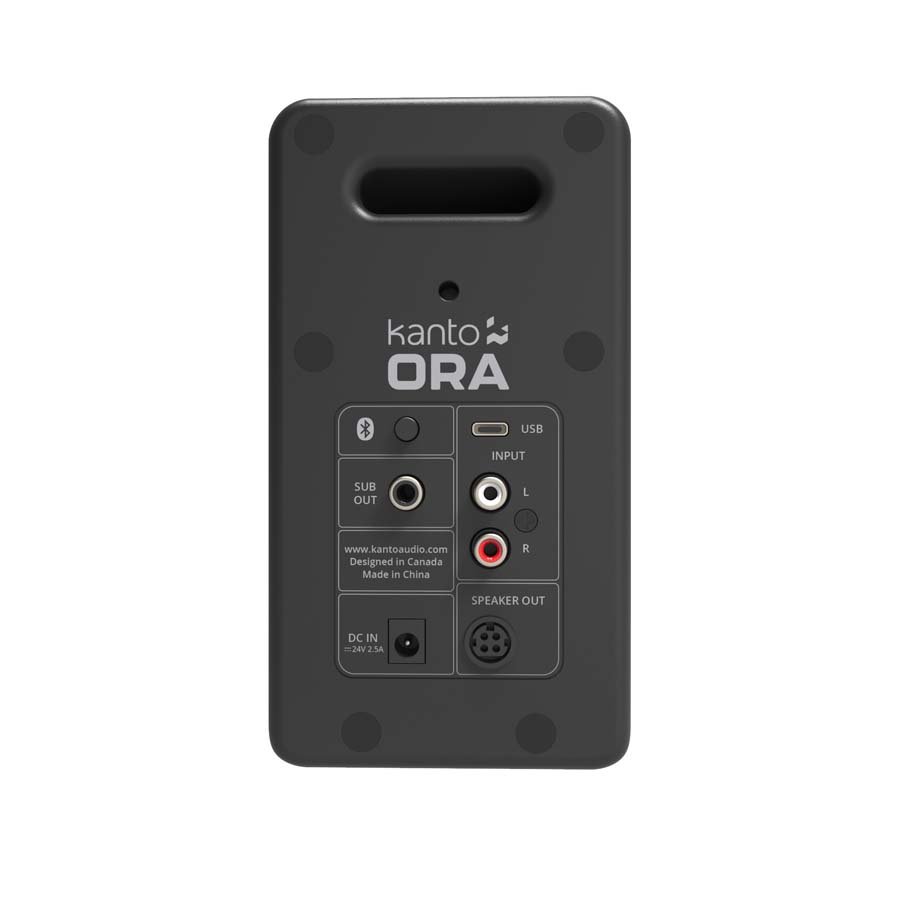

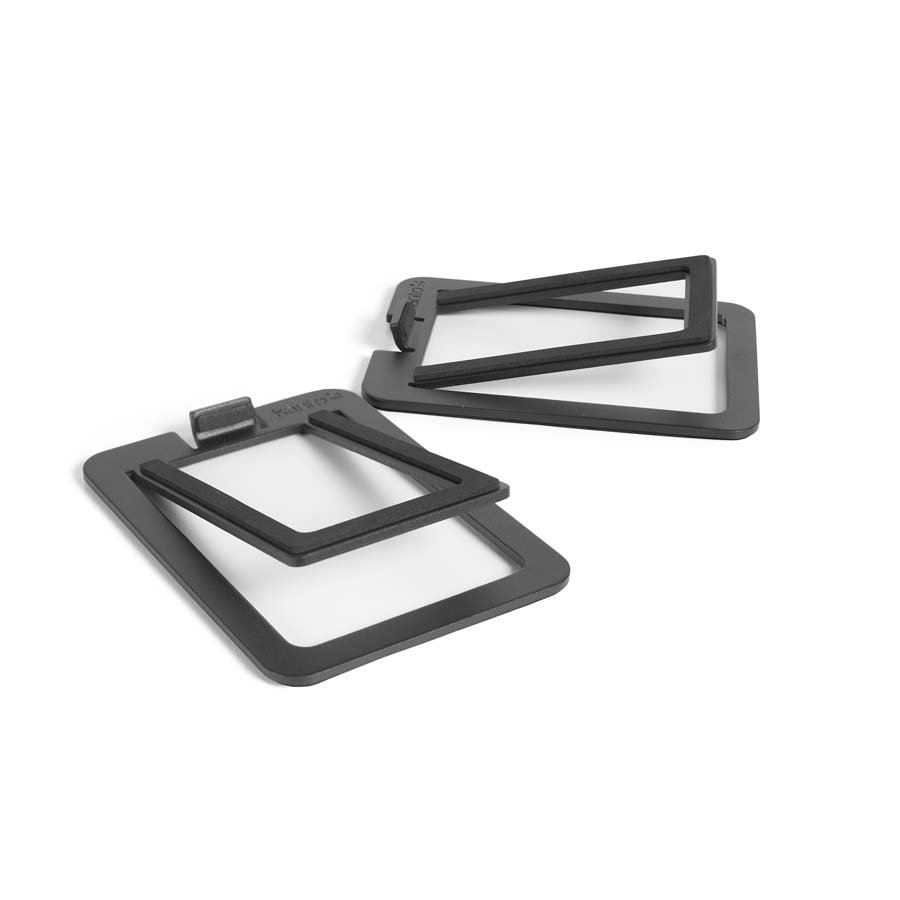
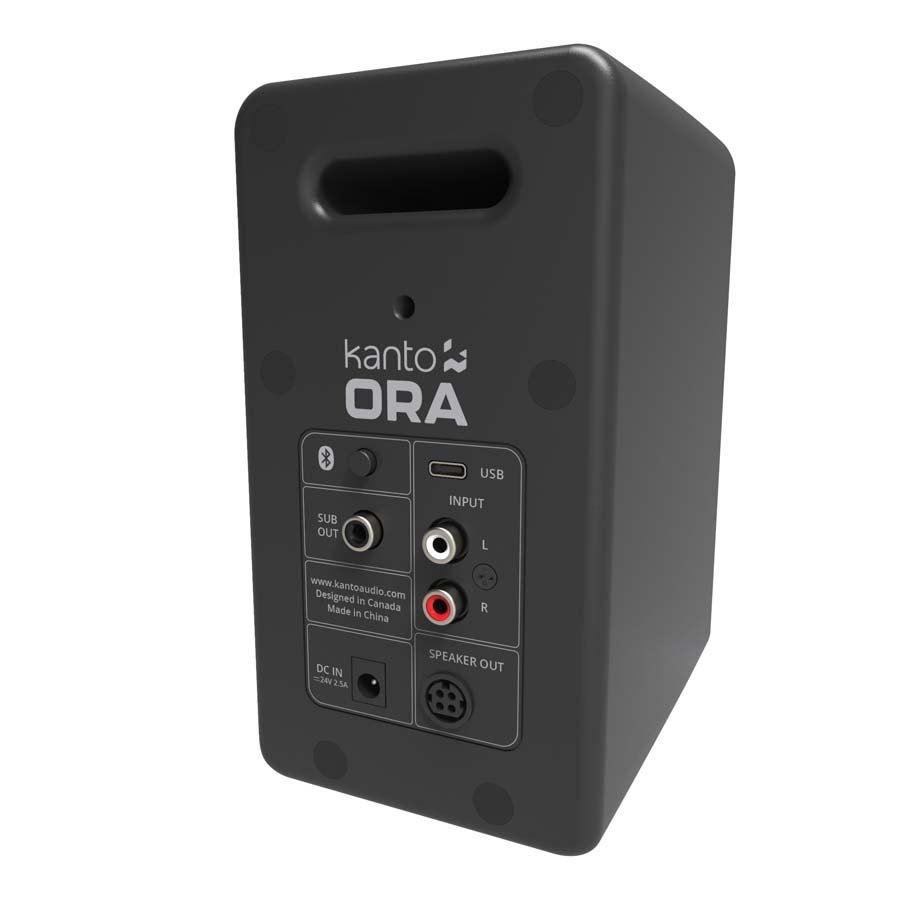
SOUND QUALITY
My experience of desktop loudspeakers is, as I say, limited and so you need to take this into account whilst reading this part of the review. For full disclosure, my experience has been a large desk with either full-sized bookshelves powered by amps, powered KEF X300As, or cheap and cheerful desktop speakers by the likes of Creative. My current desktop setup does not allow for the KEFs or bookshelves and the other desktop speakers I have tried (as I say, cheap and cheerful ones) have been awful and pretty much unusable. Full disclosure (again), when I opened the packaging for the ORAs I was not expecting much and was prepared for them to be little better than the crappy computer/desktop speakers I’d had fairly recent experience of. I expected them to fall well below the KEFs or the bookshelves I had used previously. However, I approached the review process with an open but sceptical mind and with the awareness that I needed something smaller than my KEFs but with acceptable sound quality.
As I mentioned in the opening blurb of this review, one of the main purposes that I would use a pair of loudspeakers of this type is for recording and editing spoken word for the daily and weekly videos we put out on our YouTube channel. For this purpose, I need to be able to hear the recording clearly and pick out any pops and crackles, as well as be able to discern any background noise on the recording. I also need to be able to clearly hear the effect that any effects (nose cancellation in the main) have on the final recorded file. Long story short, I can report no issues with using these speakers for this purpose and I would say that for spoken word work of this type they offer a very decent and intelligible sound whereby I was able to hear enough of the recording to be able to decide if post-processing was excessive or not.
Listening to music via YouTube was initially a bit of a disappointment with the speakers being very much emphasising the upper-midband and tops. However, I found that this was wholly remedied by turning the volume up a bit, and when I did the speakers came to life and became rather enjoyable. Listening to Grateful Dead’s Touch of Grey ( I do listen to this a lot being somewhat elderly) was excellent and I was able to hear enough into the recording for me to thoroughly enjoy the tune. The way I have the speakers set up on the desk (see pics) means that the sound does come from below, almost as if you are sat in the front row of the balcony seats (grateful) dead centre. There is enough of a soundstage thrown in a kind of bubble in front of the speakers to make you fall into the tunes you are listening to.
Dusty Kid & Boris Brejcha – Psika (LSD) (also on YouTube) is a bit more of a testing track in the bass department and whilst the speakers don’t go massively low (70Hz) the near-field positioning of the speakers does allow you to fully enjoy the track, though for serious listening I would have liked the bottom registers fleshed out a bit with a subwoofer. However, any real complaint here would be churlish, I feel, and these aren’t a million miles away from the KEFs I mentioned, with the caveat that the KEFs do go lower. Sounds in the mix can be easily picked out in their place in space and you still get the effect of looking down on the tune…I actually was in the way I was listening to them. This latter point could be remedied on a slightly bigger desktop set-up and using the higher stands. The sound is well-balanced, easy to listen to, and with enough detail in the playback to be foot-tappingly pleasing. To be honest, I didn’t really miss the lower bass all that much once I got into the music. They are detailed, quite smooth sounding, and difficult to overly criticise at this kind of price. Shepard Tones in the mix are easy to fall into and the whole experience of listening to this kind of tune (techno) was fab and pretty dynamic for such a small speaker! There is a caveat again here, and you do need to play music at a reasonable volume to get the best out of these speakers.
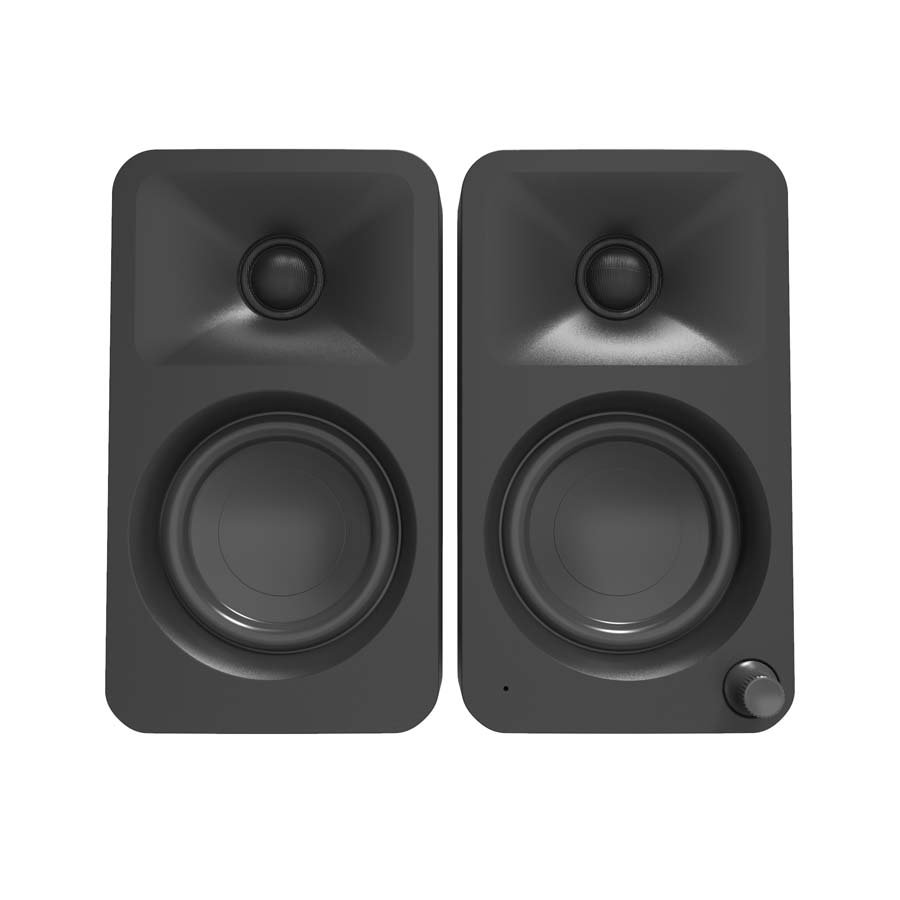
Connecting to Bluetooth and playing the same tunes was an easy experience and a press off the button on the front of the control speaker put them into Bluetooth mode (though there is a button round the back that’s supposed to do this) and the connection was made pretty much immediately to the iPhone. Compared to the USB-wired connection, and doing a direct A/B as quickly as I could, I would suggest that the latter is ever so slightly less detailed than the USB connection. It’s not much and many will love the convenience of Bluetooth.
Overall, the sound of the ORA speaker is pretty detailed for a small speaker that costs this much and it is a punchy and pretty dynamic listening experience once you turn the volume up a bit. There is a reasonable soundstage thrown and this will certainly be enough to satisfy most casual listeners and even those who are looking for a second set of speakers. In a larger room, I think these speakers will get lost a tad, though they will go loud enough for smaller bedroom spaces and for use as supplementary speakers on the telly.
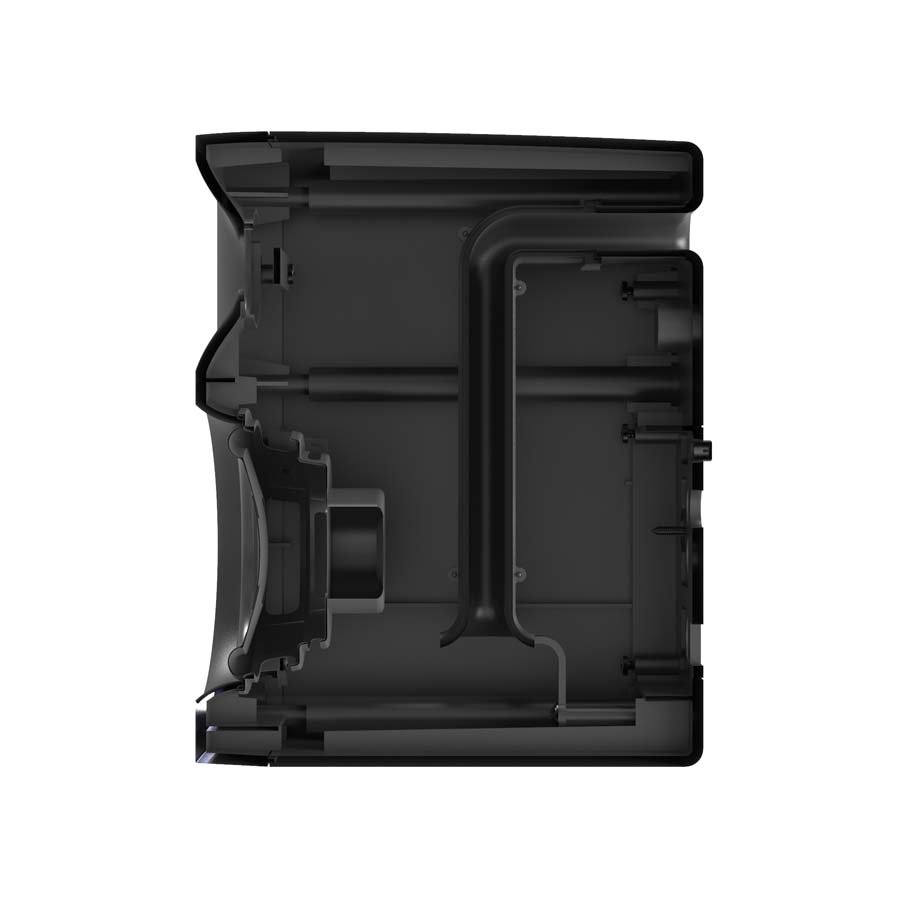
QUIBBLES
They are a bit plasticky and do feel a bit lightweight.
They don’t go very low without a subwoofer, but so long as you aren’t a gamer or looking for a full-range monitor experience for music making or listening, they are fine. For my needs, they did their job fine.
I found the stands to be essential in my setup (landscape) and they are extra, but your setup may allow for upright (portrait) configuration, though I’d still suggest you would want the speakers angled towards you so the stands would be useful there too.
For music, they do need to be turned up a little to get the best from them and they do sound a bit thin at really low volumes.
CONCLUSION
I was ready not to enjoy these speakers and to write them off as a bit plasticky and crap. I was wrong. They are plasticky in their build quality, but sonically they are punchy and really enjoyable with enough detail to allow you to see into the mix.
They are not a big speaker and they do not go below 70Hz without a subwoofer, but for nearfield listening such as on a desktop or on a shelf in a bedroom, they do sound to be bigger than they are.
I sort of prefaced this review by saying that my experience of this specific type of speaker was limited (and it is), however, had I gone onto the World Wide Web and ordered a pair of these blind then I would have been well chuffed and would have left a glowing review from wherever I bought them from.
They are not perfect and I think my experience with bigger and much more expensive speakers has spoiled me a fair bit, BUT for the purposes that I would likely put this speaker to, I am more than happy to highly recommend them!
AT A GLANCE
Build Quality And Features:
They are a bit plasticky feeling but are well-packaged
Enough inputs to satisfy the target market and they have Bluetooth too
For desktops, they are a good size but given I have a tiny desk I had to have them on their sides, and for this the stands were an extra cost
Sound Quality:
They do need a bit of volume but once they hit that sweet spot they are punchy and highly enjoyable for music and detailed enough to use for the basic sound file editing I do
Value For Money:
My initial thoughts were that these were pretty expensive for what is essentially a desktop speaker, but after spending a bit of time with them my opinion changed and I think they offer an excellent solution at a price that is more than acceptable
We Loved:
Proper power supply and not a wall wart. It does take up more space but I prefer a proper PSU
Punchy and engaging sound
Small form factor
Cool stands that work very well but are an extra
Well featured with several choices of input and Bluetooth onboard
We Didn’t Love So Much:
Plasticky first impression
Don’t go super low and for standalone use, I would suggest that the sub is a must
They do need to be turned up a little to get the best out of them
At low volume, they do sound thin and tinny
Elevator Pitch Review: KANTO ORA speakers are a diminutive desktop or standmount powered loudspeaker with an onboard USB DAC, RCA inputs, and Bluetooth. Used nearfield they offer a punchy and dynamic sound that will be plenty detailed enough for casual listening to tunes or shows on the internet, and for basic sound editing. I was ready not to enjoy them given I thought they felt a bit plastic, but I ended up really enjoying these speakers for their intended purposes.
Price: USA – $349.99, UK – £299.99, €329.99
Stuart Smith
SUPPLIED SPECIFICATIONS
¾” Silk Dome Tweeters
3” Paper Cone Woofers
Class D Bi-amplified
100 W Peak Power (50 W Total RMS)
9 W RMS per Tweeter
16 W RMS per Woofer
Automatic 100 Hz High/Low-Pass Filter
Frequency Response 70 Hz – 22 kHz
Subwoofer Output
RCA Line-Level
USB-C (24 bit/96 kHz)
Bluetooth® 5.0
Dimensions (each speaker)
3.9” W x 5.6” D x 6.9” H (10 x 14.1 x 17.5 cm)
Net Weight (active): 2.1 lb (1 kg)
Net Weight (passive): 2.1 lb (1 kg)
¼”-20 threaded rear mounting hole











































